Around 4,500 years ago, Aswan was a bustling hub of trade and military activity, famous for its role as Egypt's southernmost city and its rich granite quarries. Merchants there exchanged gold, wood, and spices, while the city’s granite fueled the construction of stunning temples, obelisks, and even pyramids. Situated at the first cataract of the Nile, Aswan has a long and fascinating history, much of which has remained hidden since the area was flooded in the 1960s. Recently, however, a diving expedition by French and Egyptian archaeologists unearthed a breathtaking collection of ancient Egyptian artworks and carvings, as announced by Egypt’s Ministry of Tourism & Antiquities in a Facebook post.
As Live Science reports, this part of Aswan was submerged during the construction of the Aswan High Dam from 1960 to 1970. The newly uncovered artifacts include rock carvings depicting several ancient Egyptian pharaohs and intricate hieroglyphic inscriptions. This remarkable discovery was made by the French-Egyptian Archaeological Mission, a collaboration between Egypt’s Supreme Council of Archaeology and France’s Paul Valéry University Montpellier, according to the ministry’s post.
The goal of this mission was to study the rock formations between the Aswan Reservoir and the High Dam. Led by Dr. Chris Crassion from the French side, the team uncovered several paintings, carvings, and miniatures of the kings of Amenhotep III, Thutmose IV and Psamtik II. The ministry also revealed that the sculptures are in perfectly good condition.
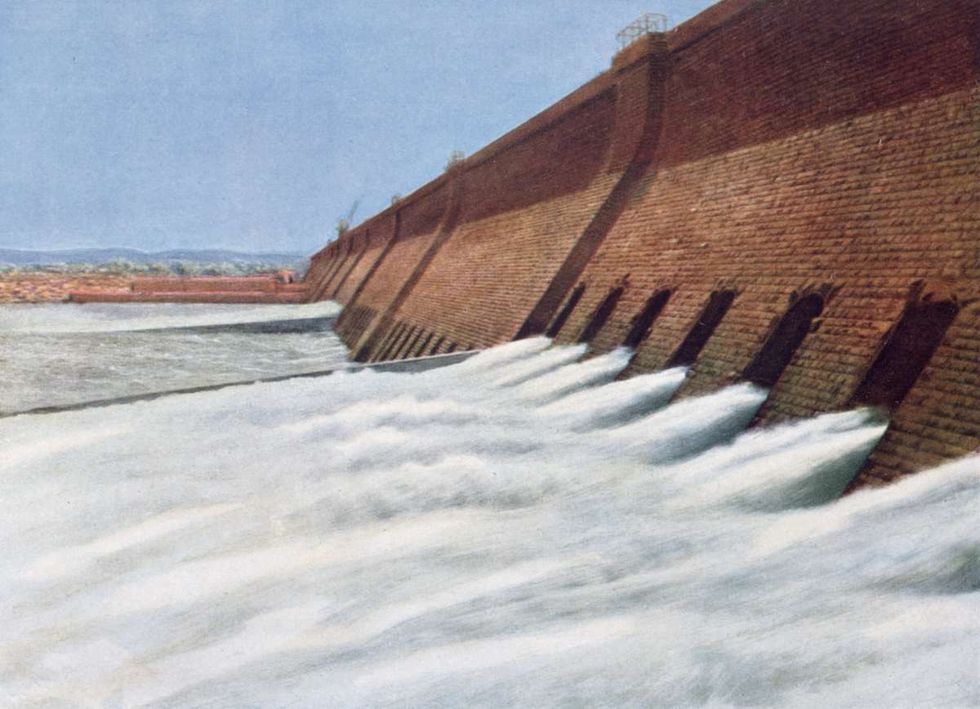
The team conducted the mission using all modern techniques of diving, archaeological scanning, photography, underwater video, photogrammetry, and archaeological drawing to identify and document the rock carvings on the surface of the Conossus rocks either underwater or partially submerged in the waters of the Nile. They added that the mission is currently working on producing 3D models of the discovered carvings and studying them. They said that this survey opens up new possibilities for discovering more carvings and historical details about ancient Egypt.
According to Rosicrucian Egyptian Museum, Amenhotep III ruled Egypt for nearly four decades, until his death around 1352 BCE at the age of 48. When he became pharaoh, he inherited a wealthy, powerful state, in part due to the military success of his grandfather, Tuthmosis III. He was entombed inside the limestone hills of the Theban Necropolis, a cemetery on the banks of the Nile River, opposite modern-day Luxor. Unfortunately, Amenhotep III’s mortuary temple was almost ruined by Aswan’s flooding. Yet, this latest discovery has ignited a hope that the ancient treasures can be recovered.
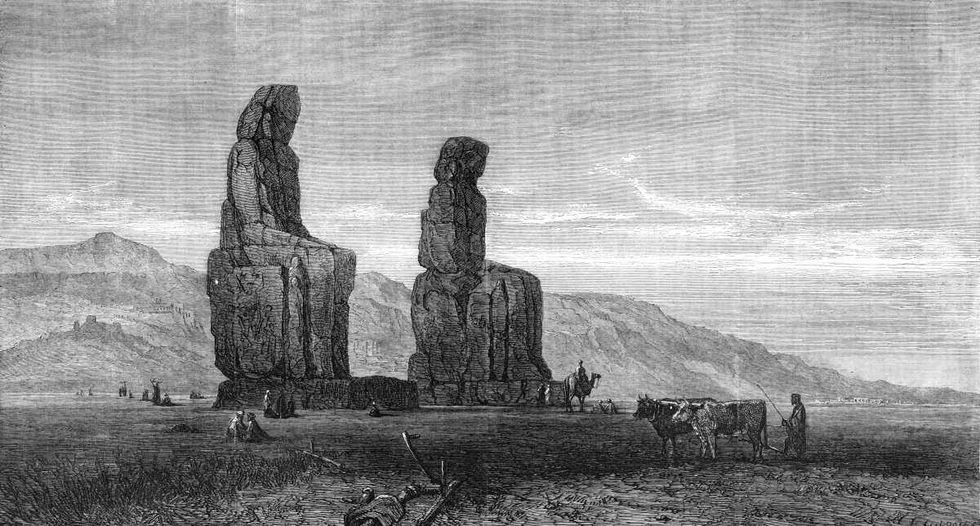
These rock carvings aren’t the only interesting treasures ever discovered near Aswan. In early 2024, the country’s tourism ministry announced the discovery of 33 tombs on a hillside, which unfolded several exciting points about ancient Egyptians’ burial customs and social hierarchies.
This article originally appeared 2 months ago.






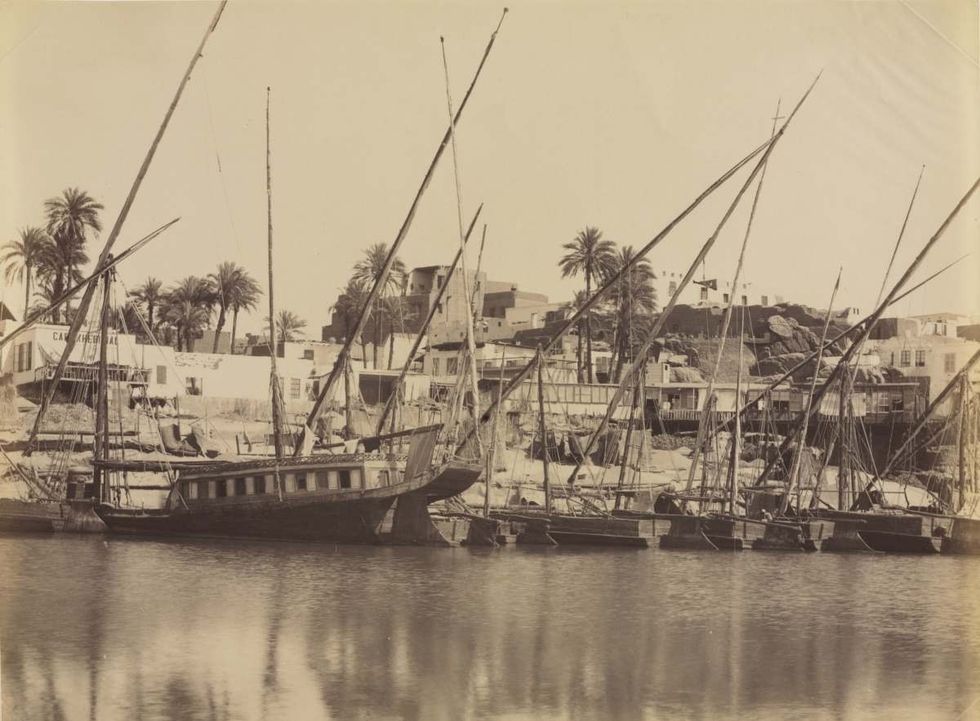












 Pictured: The newspaper ad announcing Taco Bell's purchase of the Liberty Bell.Photo credit: @lateralus1665
Pictured: The newspaper ad announcing Taco Bell's purchase of the Liberty Bell.Photo credit: @lateralus1665 One of the later announcements of the fake "Washing of the Lions" events.Photo credit: Wikimedia Commons
One of the later announcements of the fake "Washing of the Lions" events.Photo credit: Wikimedia Commons This prank went a little too far...Photo credit: Canva
This prank went a little too far...Photo credit: Canva The smoky prank that was confused for an actual volcanic eruption.Photo credit: Harold Wahlman
The smoky prank that was confused for an actual volcanic eruption.Photo credit: Harold Wahlman
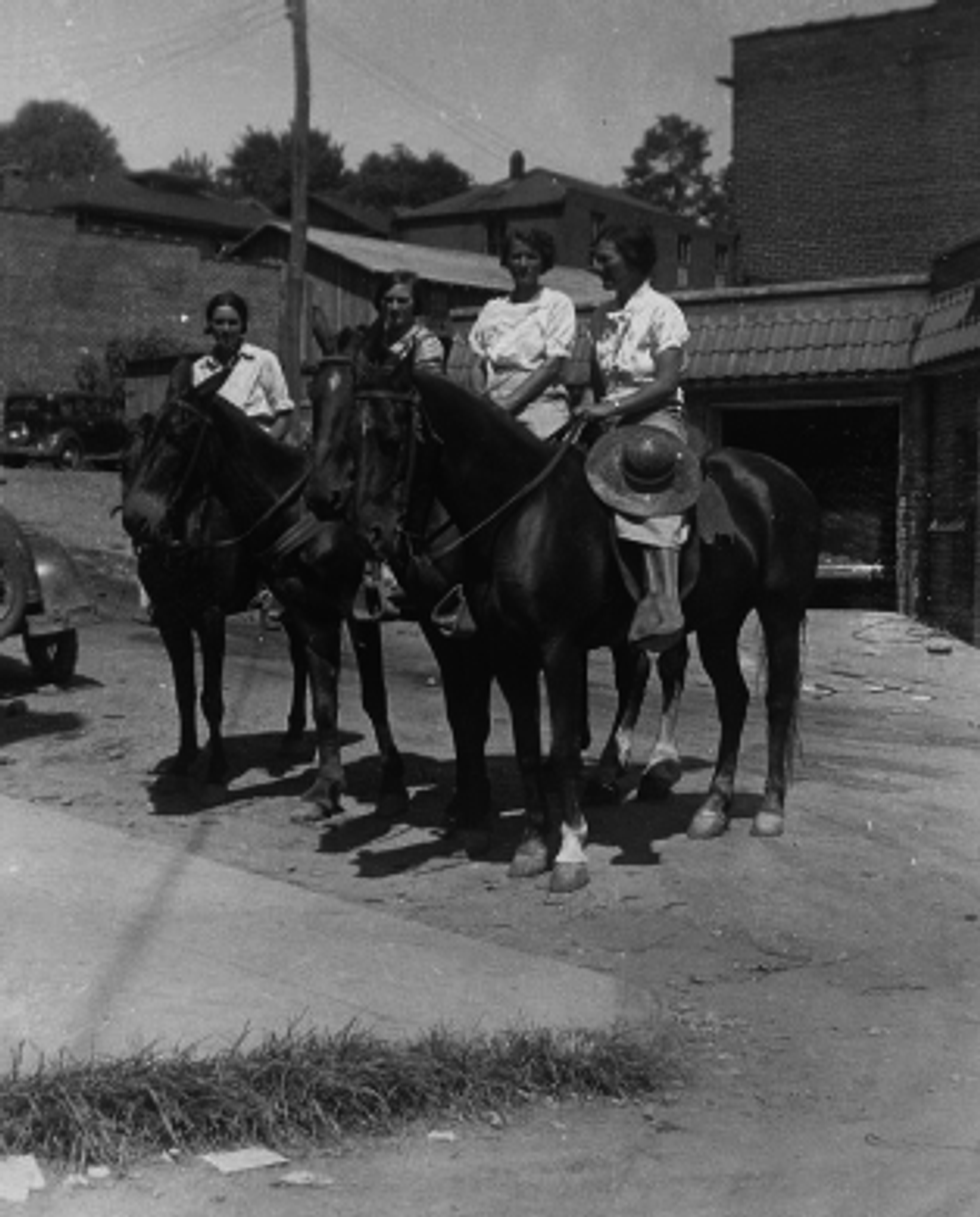 Packhorse librarians ready to start delivering books.
Packhorse librarians ready to start delivering books.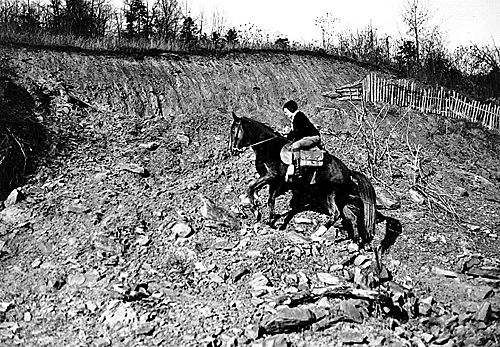 Pack Horse Library Project - Wikipedia
Pack Horse Library Project - Wikipedia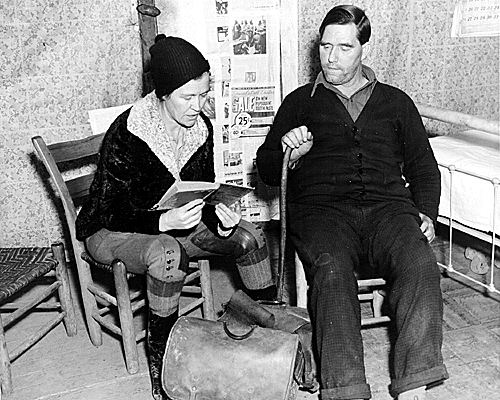 Packhorse librarian reading to a man.
Packhorse librarian reading to a man.
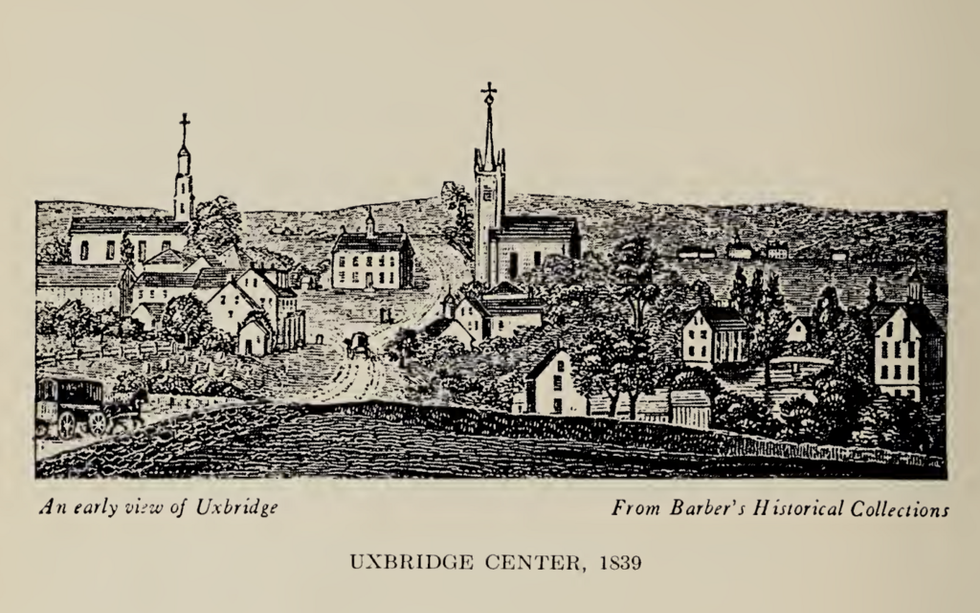 Fichier:Uxbridge Center, 1839.png — Wikipédia
Fichier:Uxbridge Center, 1839.png — Wikipédia File:Women's Political Union of New Jersey.jpg - Wikimedia Commons
File:Women's Political Union of New Jersey.jpg - Wikimedia Commons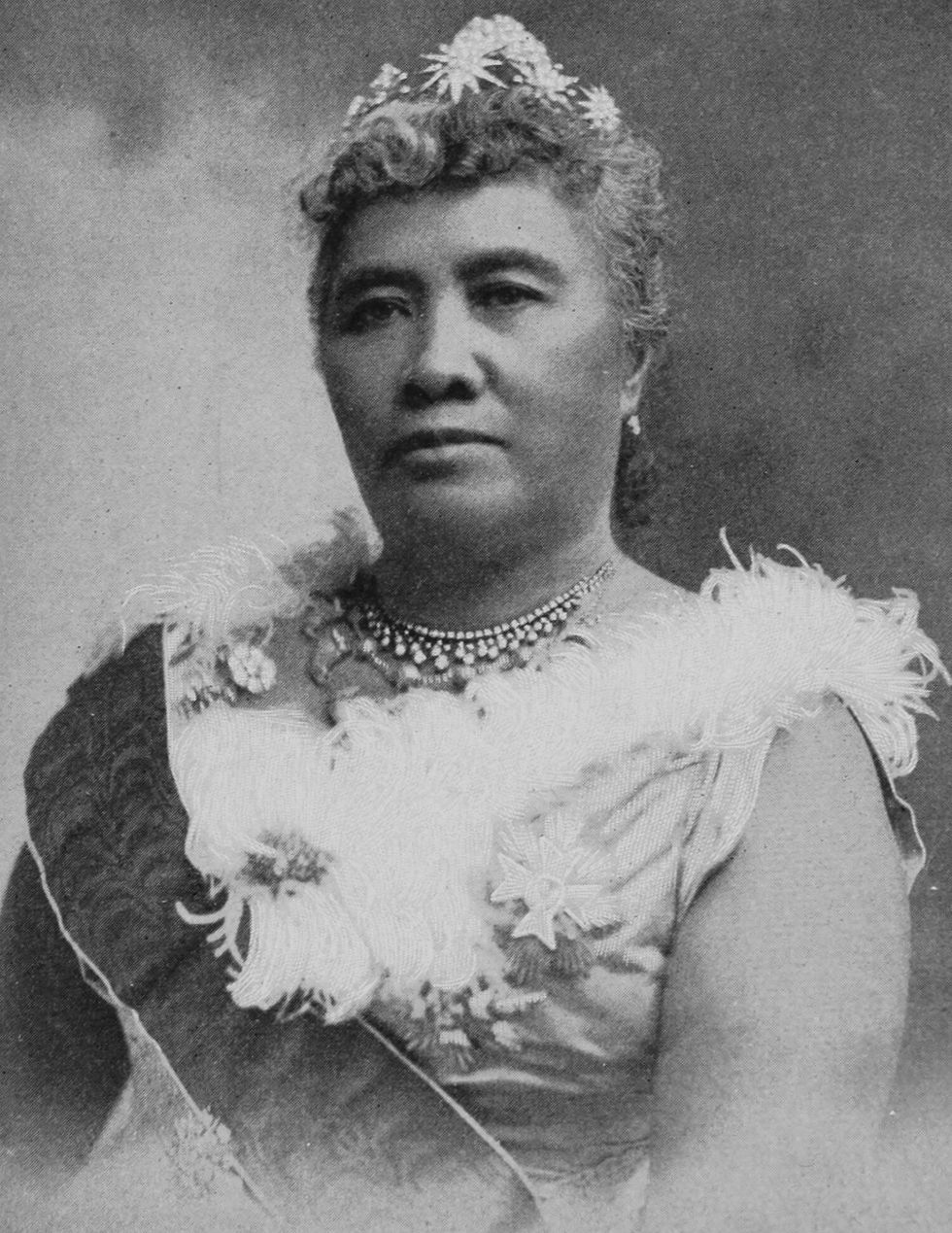 File:Liliuokalani, photograph by Prince, of Washington (cropped ...
File:Liliuokalani, photograph by Prince, of Washington (cropped ...
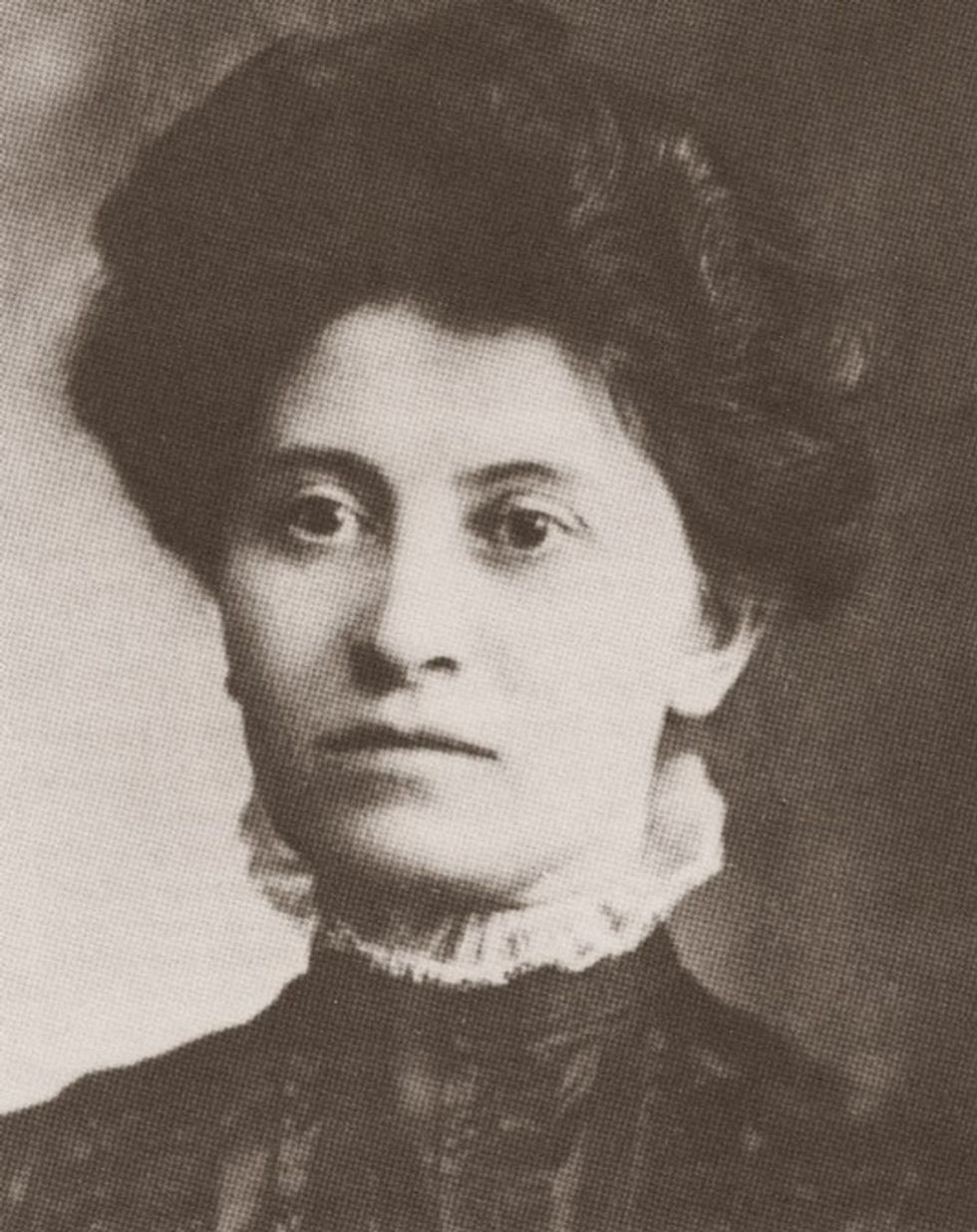 Theresa Malkiel
commons.wikimedia.org
Theresa Malkiel
commons.wikimedia.org
 Six Shirtwaist Strike women in 1909
Six Shirtwaist Strike women in 1909
 U.S. First Lady Jackie Kennedy arriving in Palm Beach | Flickr
U.S. First Lady Jackie Kennedy arriving in Palm Beach | Flickr
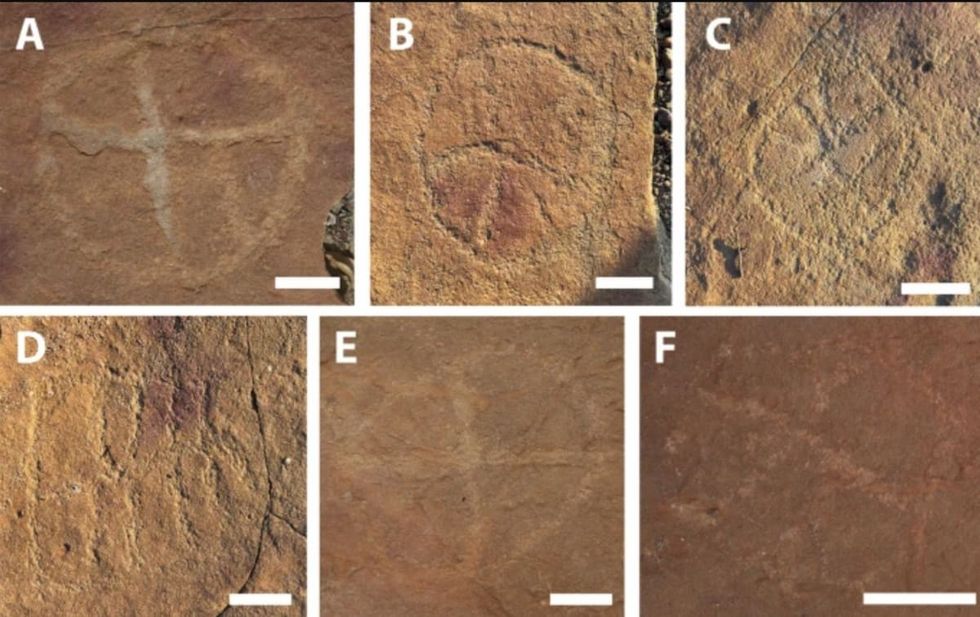 Image Source:
Image Source: 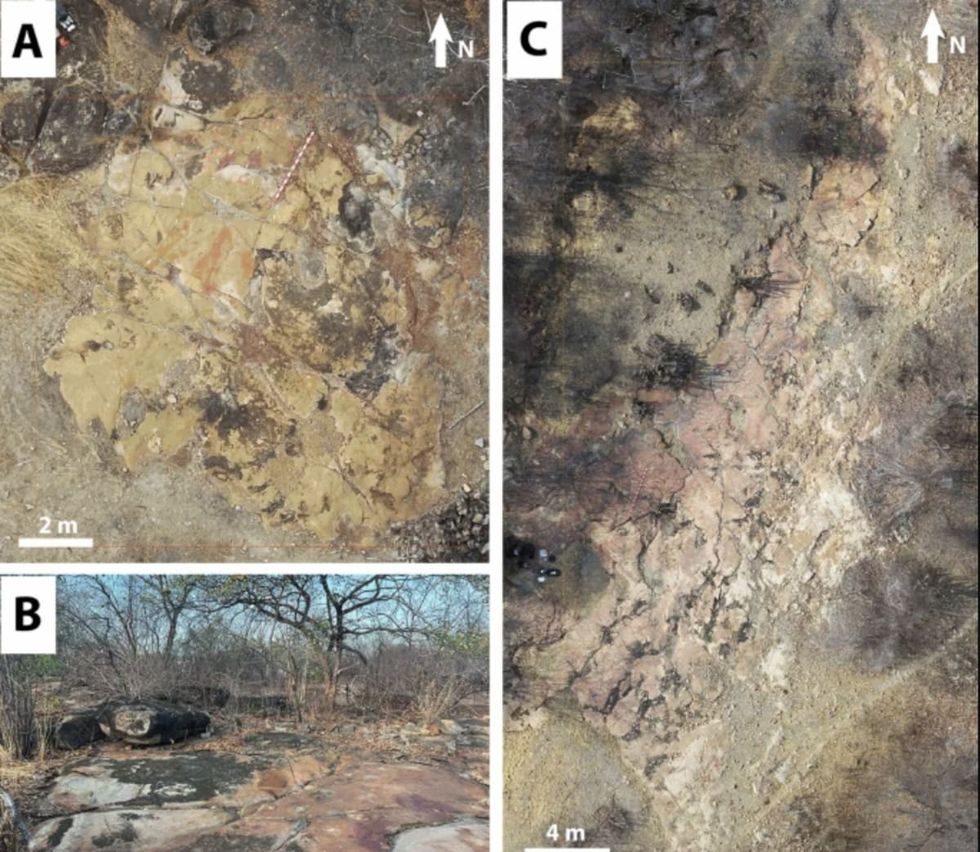 Image Source:
Image Source: 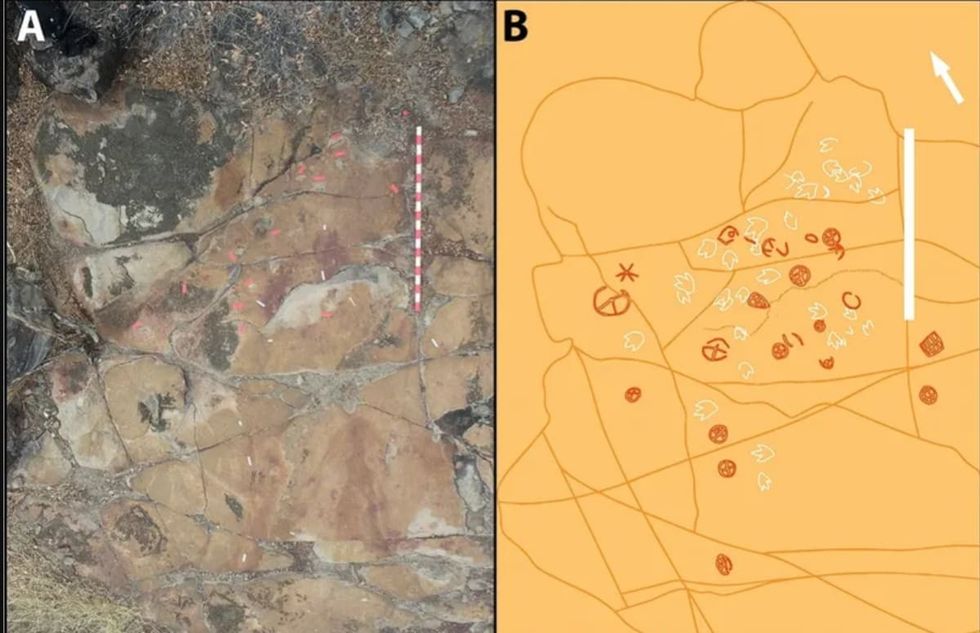 Image Source:
Image Source: 